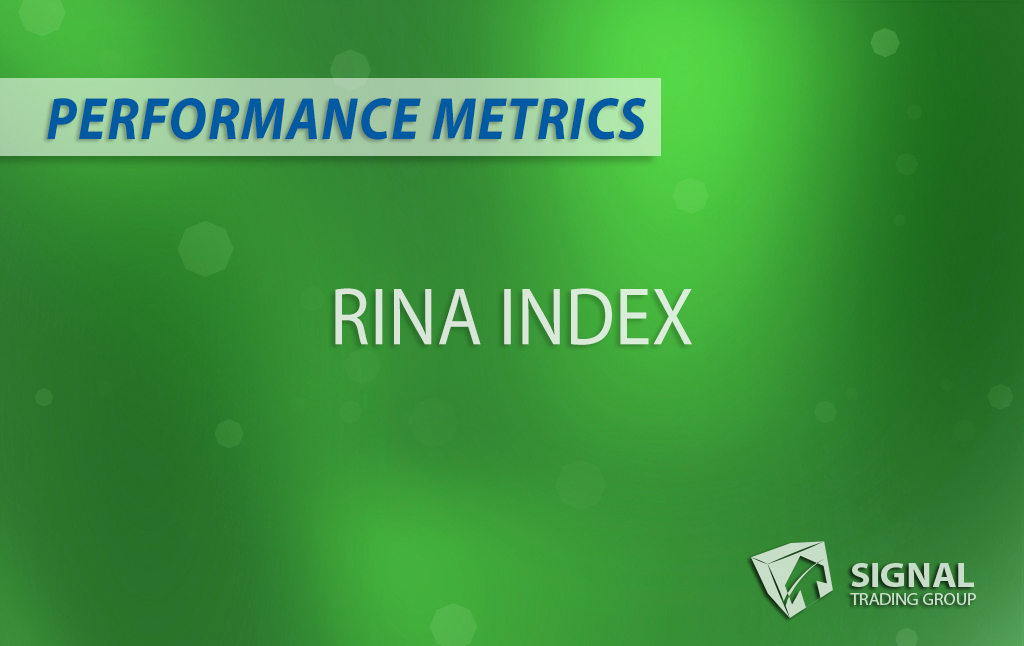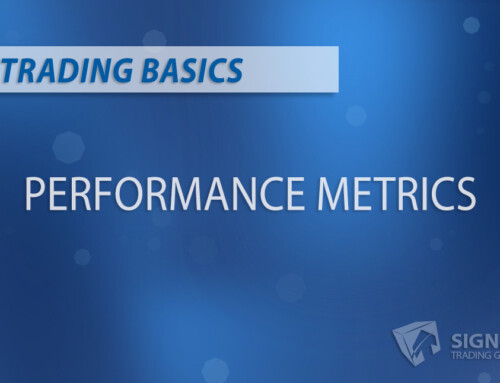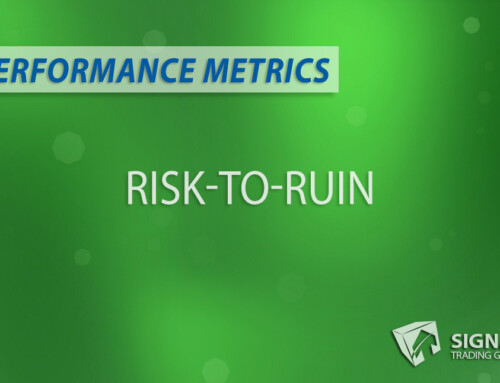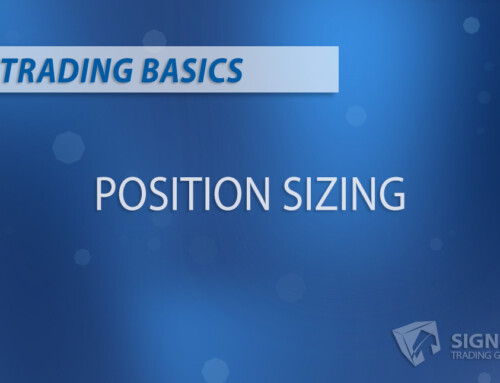The “Performance Metrics 101” blog series is geared towards providing traders with the essential evaluation tools they need to assess trading performance accurately. The goal is to provide a complete understanding of these tools, enabling traders to use them effectively.
Understanding the RINA Index
When evaluating trading performance, numerous metrics are available for traders and investors. One such metric that offers valuable insights into risk-adjusted returns is the RINA Index. This blog post will discuss the RINA Index, how it differs from other performance metrics, and why it’s essential to evaluate trading performance. Additionally, we will explore its benefits and how it can be applied in real-life trading situations.
What is the RINA Index?
The RINA Index is a performance metric used by traders and investors to assess the risk-adjusted returns of their strategies. It considers the net profit and drawdown over specific periods and the percentage of time spent in the market. This offers an advantage over more straightforward metrics like net profit/drawdown, effectively allowing traders to compare different strategies more accurately.
How Does the RINA Index Differ From Other Performance Metrics?
While other performance metrics like the Sharpe Ratio, Sortino Ratio, or Calmar Ratio focus on risk-adjusted returns, the RINA Index differentiates itself by considering the time spent in the market. In addition, by incorporating market exposure into its calculation, the RINA Index offers a more encompassing evaluation of a trading strategy.
Why Use the RINA Index?
Using the RINA Index, traders and investors can assess a trading system’s performance more distinctly. It allows them to gauge the effectiveness of their strategies while factoring in risk tolerance, identifying winning and losing trades, and providing insights on areas that may require improvement.
How the RINA Index Works:
The formula for calculating the RINA Index is as follows:
RINA Index = (Net Profit – Net Profit in Outliers) / (Average Drawdown * Percent Time in the market)
- Net Profit refers to a strategy’s total gains over a certain period.
- Net Profit in Outliers represents the portion of the total net profit generated by outlier trades. These outlier trades can significantly influence the overall performance, so removing them from the equation provides a more valid representation of the strategy’s efficiency.
- Average drawdown represents the average drawdowns of a strategy over a certain period.
- Percent Time in the market is the percentage of time spent by traders or investors in the market during that period.
Benefits of the RINA Index:
The RINA Index provides numerous advantages to traders and investors. Its ability to factor in risk tolerance, identify outlier trades, and incorporate market exposure allows users to assess their strategies accurately. Additionally, by using the RINA Index, traders can track and compare different systems more effectively.
The RINA Index is a valuable performance metric that offers numerous advantages over other metrics when evaluating trading performance. By considering the net profit, drawdown, and market exposure, traders and investors can better understand their strategies’ risk-adjusted returns. This ensures that users make informed decisions when assessing their trading systems and allows them to identify areas that may require improvement. As a result, the RINA Index is an effective tool for evaluating trading strategies and maximizing returns. By leveraging this metric, traders can gain the insights they need to make more informed decisions and optimize their strategy.





